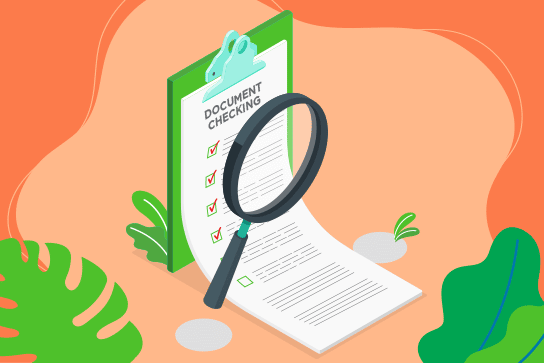LISTEN AUDIO
Last Updated on April 15, 2023 by Ozlinks Education
Subject: Prepare meat dishes
This unit SITHCCC014* describes the performance outcomes, skills and knowledge required to prepare and cook a range of meat dishes following standard recipes. It requires the ability to select, prepare and portion meat, and to use relevant equipment, cookery and food storage methods.
The unit applies to cooks working in hospitality and catering organisations. This could include restaurants, educational institutions, health establishments, defence forces, cafeterias, kiosks, cafes, residential caterers, in flight and other transport caterers, and event and function caterers.
It applies to individuals who work under the guidance of more senior chefs. They demonstrate autonomy and judgement to complete routine activities and take limited responsibility in known and stable contexts within established parameters.
Elements and Performance Criteria.
Elements describe the essential outcomes. Performance criteria describe the performance needed to demonstrate achievement of the element.
1. Select ingredients.
1.1 Confirm food production requirements from food preparation list and standard recipes.
1.2 Calculate ingredient amounts according to requirements.
1.3 Identify and select poultry products and other ingredients from stores according to recipe, quality, freshness and stock rotation requirements.
2. Select, prepare, and use equipment.
2.1 Select type and size of knives and other equipment suitable to requirements.
2.2 Safely assemble and ensure cleanliness of equipment before use.
2.3 Use knives and other equipment safely and hygienically according to manufacturer instructions.
3. Portion and prepare ingredients.
3.1 Thaw frozen meats according to food safety guidelines where required.
3.2 Sort and assemble ingredients according to food production sequencing.
3.3 Weigh and measure ingredients and create portions according to recipe.
3.4 Use meat preparation techniques according to recipe requirements.
3.5 Minimise waste to maximise profitability of food items prepared.
4. Cook meat dishes.
4.1 Follow standard recipes to select and use meat cookery methods.
4.2 Prepare marinades and meat accompaniments as required.
4.3 Make food quality adjustments within scope of responsibility.
5. Present meat dishes.
5.1 Carve meats using appropriate tools and techniques, taking account of meat and bone structure and waste minimisation.
5.2 Portion and serve meats according to recipe requirements.
5.3 Add sauces and garnishes according to standard recipes.
5.4 Visually evaluate dishes and adjust presentation as required.
5.5 Store dishes in appropriate environmental conditions.
5.6 Clean work area, and dispose of or store surplus and re-usable by-products according to organisational procedures, environmental considerations, and cost-reduction initiatives.
Assessment Requirements.
Performance Evidence.
Evidence of the ability to complete tasks outlined in elements and performance criteria of this unit in the context of the job role, and:
- follow standard recipes to prepare meat dishes using each of the following meat items:
- beef
- game: kangaroo, venison, specialty meats
- lamb
- pork
- veal
- offal: kidney, liver
- use each of the following meat preparation techniques at least once when preparing the above dishes, as appropriate:
- ageing
- barding
- boning and trimming
- cutting and portioning
- larding
- marinating
- mincing
- rolling
- tenderising
- trussing and tying
- skewering
- prepare the required meat dishes using each of the following cookery methods at least once:
- braising
- frying
- grilling
- roasting
- stewing
- prepare above food for at least six different customers:
- within commercial time constraints and deadlines
- reflecting required quantities to be produced
- following procedures for portion control and food safety practices when handling and storing meat
- responding to special customer requests and dietary requirements.
Knowledge Evidence.
Demonstrated knowledge required to complete the tasks outlined in elements and performance criteria of this unit:
- culinary terms and trade names for:
- ingredients commonly used in the production of different meat dishes
- classical and contemporary meat dishes
- different cuts of meat and styles of cooking
- contents of stock date codes and rotation labels
- meat classifications
- characteristics of meat products and meat dishes:
- appearance
- fat content
- freshness and other quality indicators
- primary, secondary and portioned cuts
- nutritional value
- taste
- texture
- historical and cultural origin of different meat products and meat dishes
- preparation techniques for different cuts and types of meat specified in the performance evidence
- cookery methods for different cuts and types of meat specified in the performance evidence
- equipment used to prepare and produce meat dishes:
- knife care and maintenance
- essential features and functions
- safe operational practices
- mise en place requirements for meat dishes
- appropriate environmental conditions for storing meat and meat products to:
- ensure food safety
- optimise shelf-life
- safe operational practices using essential functions and features of equipment used to produce meat dishes.



